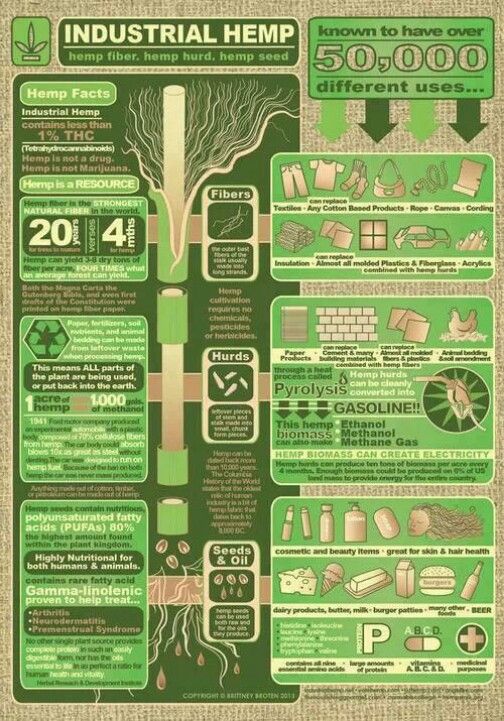
The Growing Hemp Industry
Hemp is a versatile and sustainable crop that has been used for centuries. In recent years, the legalization of hemp in many countries has led to a resurgence in the industry. Hemp has numerous applications, from industrial to therapeutic, making it an ideal crop for diversification. This article will explore the various uses of hemp, the science behind its success, and the economic and environmental impact of the industry.
Hemp Uses: From Industrial to Therapeutic
Hemp has been used for many industrial purposes throughout history, including textiles, paper, and building materials. In recent years, there has been a growing demand for hemp in the health and wellness industry. Hemp-derived products, such as CBD oil, have been shown to have therapeutic benefits for a range of conditions, including anxiety, pain, and epilepsy.
From Fiber to Food: The Many Uses of Hemp
Hemp is a versatile crop that can be used for a range of products, from fiber to food. Hemp fiber can be used to make textiles, paper, and building materials, while hemp seeds can be used for food, oil, and supplements. Hemp oil is rich in essential fatty acids and has numerous health benefits, including reducing inflammation and improving heart health.
The Science Behind Hemp’s Success
Hemp is a successful crop due to its ability to grow in a variety of soils and climates. It is a fast-growing plant that requires minimal water and pesticides, making it an ideal crop for sustainable farming. Hemp also has a deep root system that helps to improve soil health and prevent erosion.
Hemp Farming: Growing a Sustainable Crop
Hemp is a sustainable crop that can be grown without the use of pesticides or synthetic fertilizers. It is a fast-growing plant that can be harvested in as little as 100 days, making it an ideal crop for rotation with other crops. Hemp also has a low carbon footprint, as it requires minimal irrigation and can be grown using organic methods.
The Legal Landscape of the Hemp Industry
The legalization of hemp has led to a growing industry that is expected to reach $26.6 billion by 2025. However, the legal landscape of the industry is complex, with regulations varying by country and state. In the United States, the 2018 Farm Bill legalized hemp cultivation and removed it from the list of controlled substances, but there are still restrictions on the amount of THC that can be present in hemp.
Breaking Down Hemp Cultivation Methods
Hemp can be grown using a variety of cultivation methods, including conventional, organic, and regenerative agriculture. Conventional methods involve the use of synthetic fertilizers and pesticides, while organic methods use natural inputs such as compost and organic fertilizers. Regenerative agriculture focuses on building soil health and biodiversity, and can include practices such as cover cropping and rotational grazing.
Hemp Processing: The Key to Diversification
Hemp processing is a crucial part of the industry, as it allows for the extraction of fibers, oils, and other products from the plant. There are a variety of processing methods, including decortication, which separates the fibers from the plant, and extraction, which removes oils and other compounds from the plant. Processing also allows for the production of hemp-based products, such as textiles and CBD oil.
The Future of Hemp: Market Trends and Predictions
The hemp industry is expected to continue to grow in the coming years, driven by increasing demand for hemp-derived products and the shift towards sustainable agriculture. Market trends include the growth of the CBD market, the development of new hemp-based products, and the expansion of hemp cultivation in new regions.
Hemp’s Role in Environmental Sustainability
Hemp is a sustainable crop that can play a role in mitigating climate change. It has a low carbon footprint and can be grown using organic methods, which can improve soil health and biodiversity. Hemp can also be used in the production of sustainable building materials, such as hempcrete, which has a lower environmental impact than traditional building materials.
The Economic Impact of Hemp Industry
The hemp industry has the potential to create significant economic opportunities, from farming to processing and manufacturing. The growth of the industry is expected to create jobs and stimulate economic growth in rural areas. However, there are also challenges, including the need for infrastructure and processing facilities, and the legal complexities of the industry.
The Promising Future of Hemp Industry
The hemp industry is a promising and dynamic sector that is poised for growth in the coming years. With its versatile applications, low environmental impact, and potential for economic growth, hemp is an ideal crop for diversification. As the industry continues to evolve, it will be important to address challenges such as legal regulation and infrastructure development, while also promoting sustainable practices and innovation.


